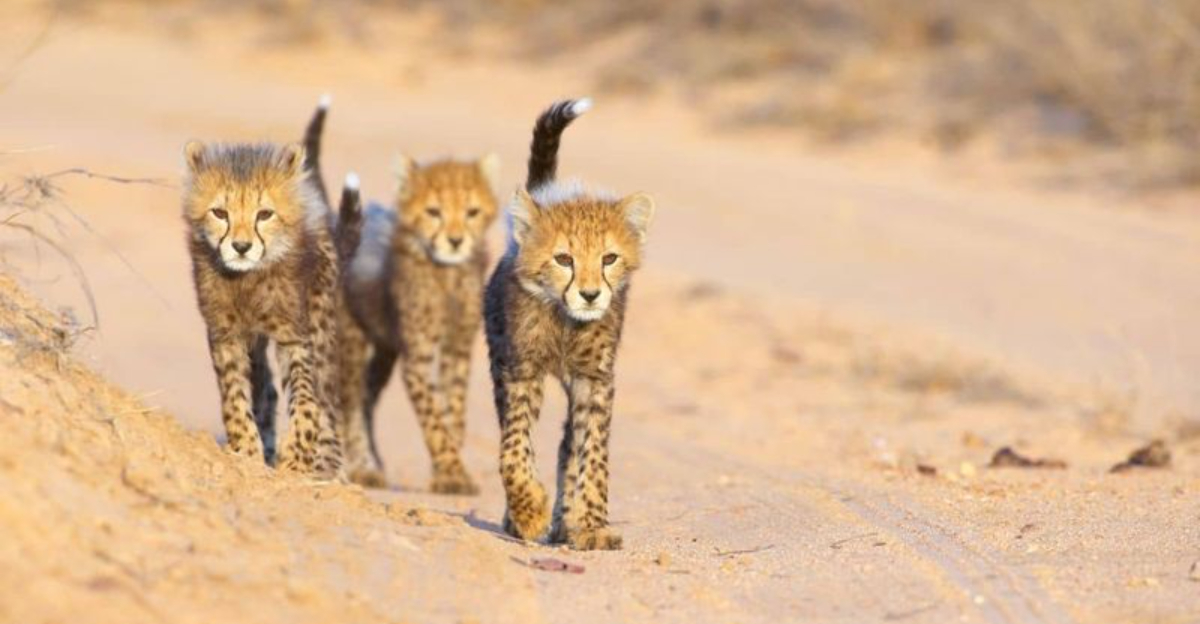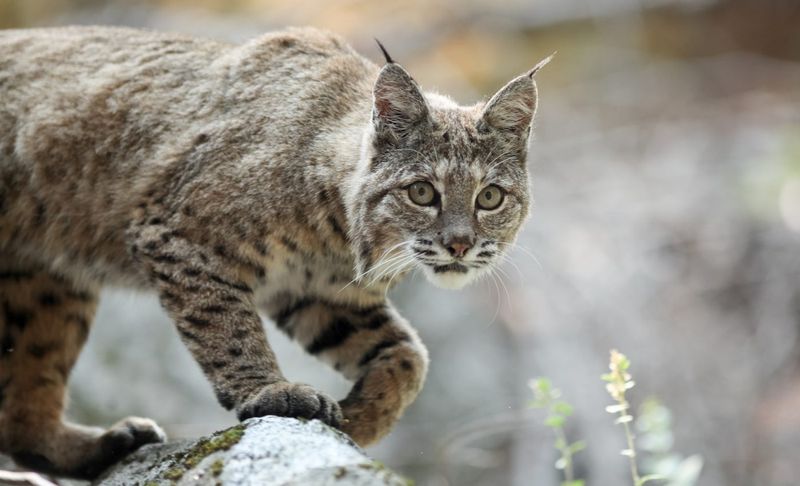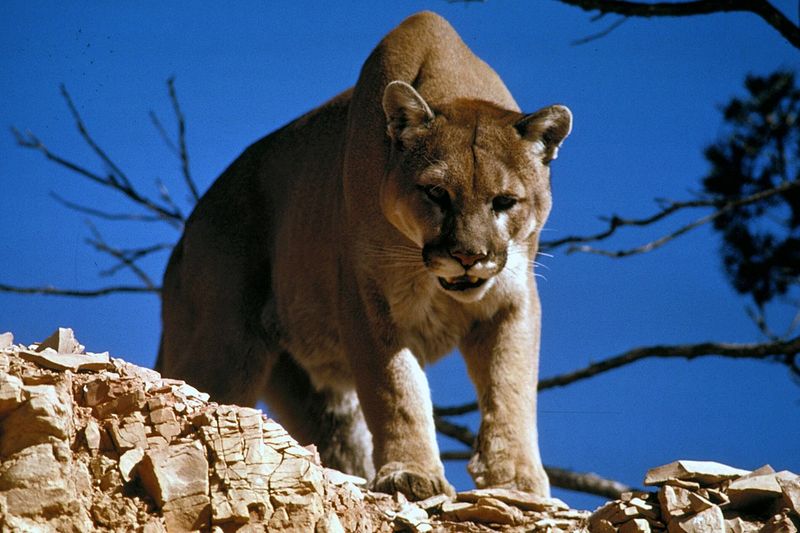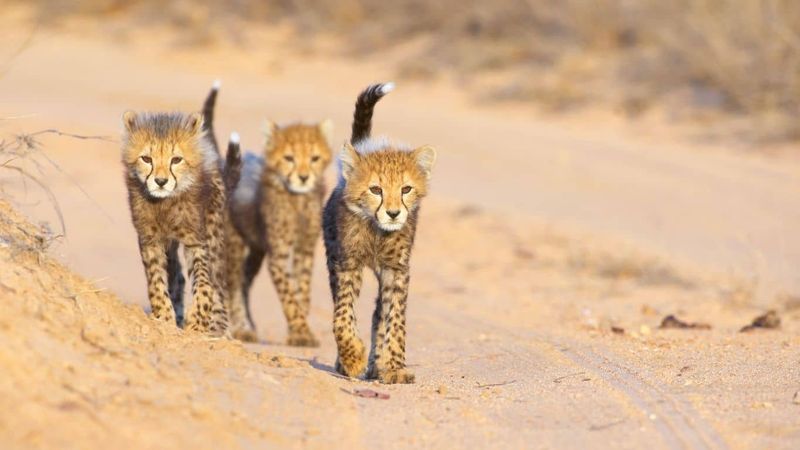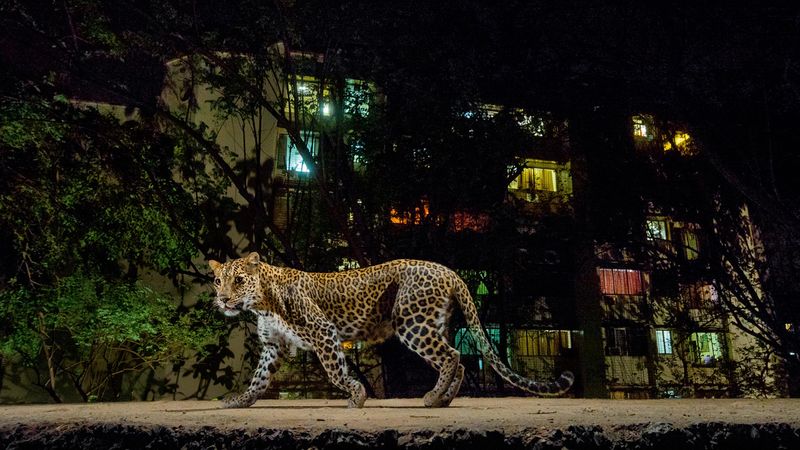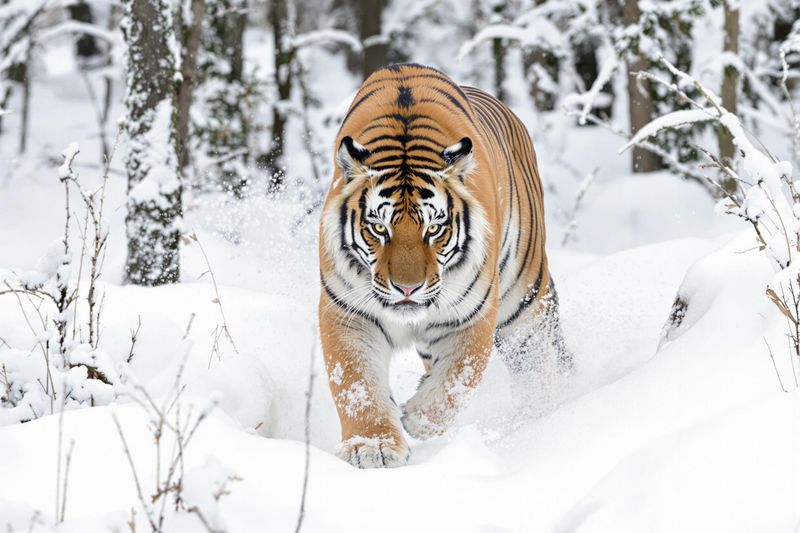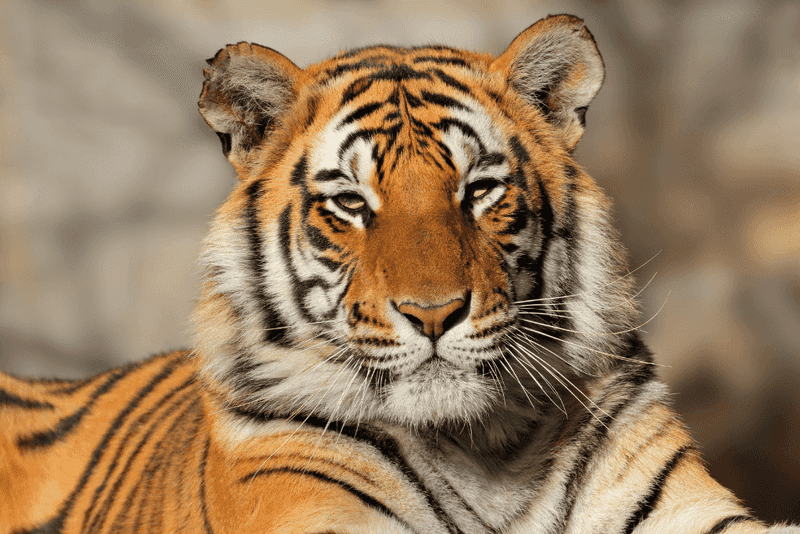📖 Table of Content:
Explore the fascinating world of wild cats and discover why certain species are better equipped to handle changes in their environment. From their ecological plasticity to their unique reproductive strategies, these majestic animals showcase an impressive array of adaptations that have enabled them to thrive in diverse and often challenging conditions.
1. Ecological Plasticity and Dietary Flexibility
In the wild, survival often hinges on adaptability. Species like the bobcat and leopard exemplify this through their ecological plasticity and dietary flexibility. These opportunistic feeders can easily switch between prey types depending on availability. This adaptability provides a survival advantage when preferred prey becomes scarce. Their ability to adjust diets ensures that they maintain nutritional needs despite environmental changes. Interestingly, such flexibility not only aids in their survival but also positions them as resilient predators in diverse habitats. This trait underscores the importance of versatility in the ever-changing natural world.
2. Habitat Versatility
The cougar, also known as the mountain lion, is a testament to habitat versatility. Its expansive range across the Americas highlights its ability to thrive in varied environments, from dense forests to semi-arid deserts. This adaptability is crucial for survival, allowing cougars to relocate and establish territories where conditions are more favorable. Their prowess in navigating diverse landscapes ensures that they are not easily displaced by environmental shifts. Such habitat versatility is a key factor in their resilience, enabling them to persist amidst changing climates and human encroachment.
3. Reproductive Strategies and Genetic Diversity
Reproductive strategies and genetic diversity play pivotal roles in wild cat resilience. Species with higher reproductive rates, like the cheetah, can quickly recover from population declines. Their shorter gestation periods and ability to alter breeding patterns in response to environmental changes ensure survival during challenging times. Genetic diversity within these populations acts as a buffer against threats such as disease and habitat alteration. Diverse genetic traits offer a reservoir of potential adaptations, making these cats better equipped to face new challenges. This blend of strategy and diversity underscores their enduring survival.
4. Behavioral Adaptations
Behavioral adaptations are vital for surviving in dynamic environments. The snow leopard, for instance, exhibits remarkable stealth and patience, allowing it to hunt efficiently in rugged terrains. This solitary hunter has adapted to the cold, mountainous regions it calls home, showcasing its ability to thrive in extreme conditions. Such adaptations are not just about survival but mastering the environment. By blending into its surroundings and displaying strategic hunting techniques, the snow leopard exemplifies the importance of behavior in resilience. These traits highlight their enduring presence in challenging habitats.
5. Human-Wildlife Interaction
Human expansion into wild territories presents challenges and opportunities for wild cats. The urban-dwelling leopard in Mumbai is a prime example of adaptation to human presence. By taking advantage of available resources, these leopards have not only survived but thrived in urban settings. Understanding these interactions is key to developing strategies for coexistence and conflict mitigation. This intriguing ability to adapt to cities demonstrates a unique facet of wild cat resilience. It highlights their capacity to adjust to human-altered landscapes, a testament to their adaptability in the face of rapid urbanization.
6. Climate Change Resilience
The Siberian tiger’s resilience to climate change is remarkable. Adapted to the cold forests of Russia, these tigers have thick fur and a robust build to withstand harsh winters. Their ability to hunt in deep snow and find prey despite scarce resources highlights their adaptability. As climate change alters their habitat, Siberian tigers showcase resilience through physiological and behavioral adaptations. Their continued survival amidst changing temperatures and habitat loss emphasizes the importance of adaptability in facing climate challenges. This resilience underscores their majestic presence in the wild.
7. Cultural Significance and Conservation Efforts
Bengal tigers hold significant cultural value and are symbols of conservation efforts. Revered in many cultures, they are often seen as majestic and powerful creatures. However, their survival is threatened by habitat destruction and poaching. Conservation initiatives focus on protecting their habitats and ensuring a stable prey base. Education and community involvement are crucial in these efforts. The cultural significance of Bengal tigers motivates global conservation actions, highlighting the interconnectedness of human culture and wildlife protection. This unique blend of cultural reverence and conservation showcases the broader importance of preserving wild cats.
